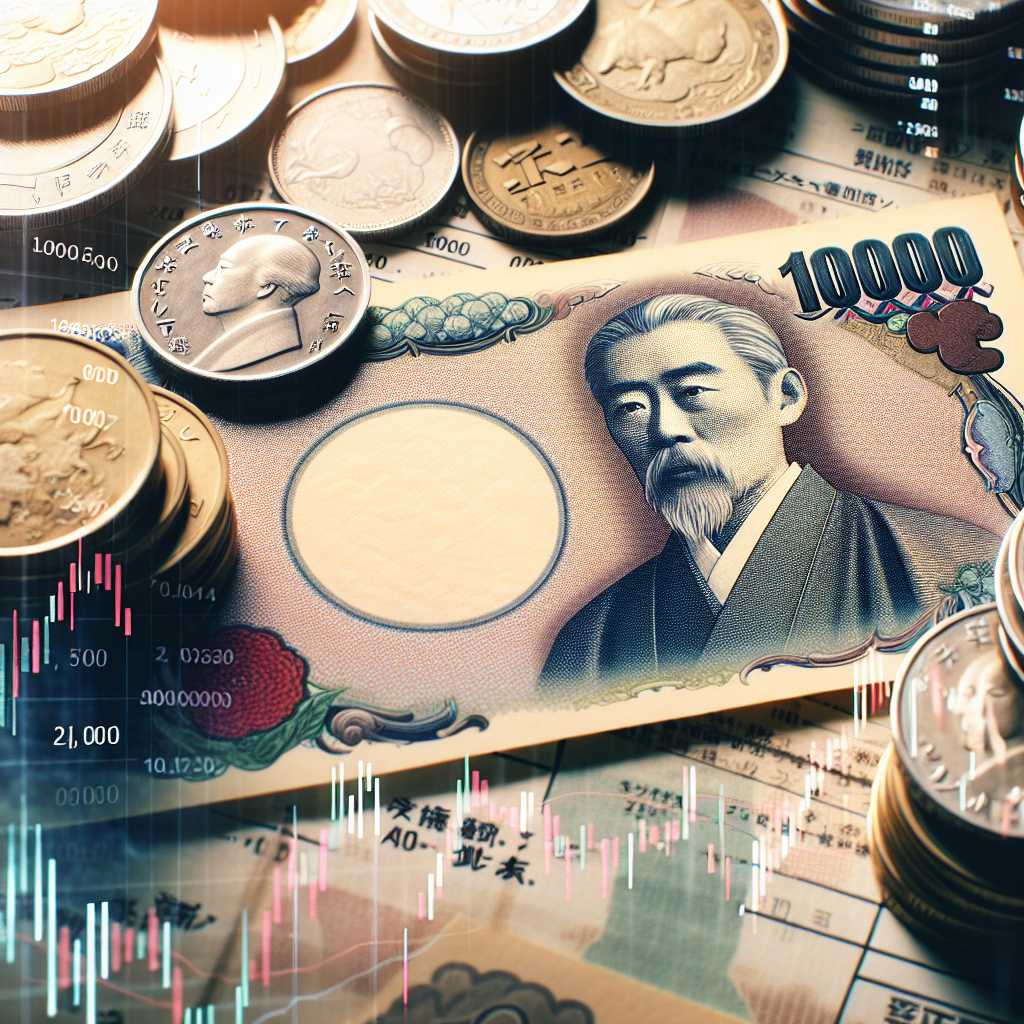An In-Depth Examination of the Japanese Yen: History, Use, and Economic Significance
###
Introduction to the Japanese Yen
The Japanese yen (currency code: JPY) is the official currency of Japan and is one of the most traded currencies in the world forex market, following only the United States dollar (USD) and the euro (EUR). Recognized by its iconic symbol ¥ and known colloquially in Japan as “en,” the yen carries significant weight in both historical context and modern financial workings. This article intends to delve deeply into its origins, current role in the global economy, and notable fluctuation over recent decades.
###
History and Creation of the Yen
The Advent of Modern Currency in Japan The yen was officially adopted as Japan’s currency in May 1871, with the enactment of the New Currency Act. At this transformative period known as the Meiji Restoration, Japan was rapidly modernizing and opening up its economy to the rest of the world after centuries of relative isolation under shogunate rule. The introduction of the yen marked a shift towards a standardized monetary system away from a complex mix of multiple feudal domain issuances (hansatsu), various Japanese gold and silver coins, as well as foreign currencies present during that time. Linking to the Gold Standard Initially, the yen was pegged to precious metals; it was equivalent to 24.26 grams of silver or 1.5 grams of gold which made it part of the gold standard—a monetary system in which countries pegged their currencies to a specific amount of gold. The adoption of this international trend brought about extensive simplification and stabilization to the Japanese economy.
Linking to the Gold Standard Initially, the yen was pegged to precious metals; it was equivalent to 24.26 grams of silver or 1.5 grams of gold which made it part of the gold standard—a monetary system in which countries pegged their currencies to a specific amount of gold. The adoption of this international trend brought about extensive simplification and stabilization to the Japanese economy.
###
The Yen in International Trade and Finance
Global Foreign Exchange Markets As globalization took firm roots in post-war economies, the yen began to play an increasingly important role in international finance. Today, it is part of the basket of major reserve currencies used by nations around the globe and considered a ‘safe-haven’ asset during times of economic uncertainty due to Japan’s stability and its substantial foreign reserves. Japanese Monetary Policy Influence The policies enacted by the Bank of Japan—the country’s central bank—are critical determinants in foreign exchange value movements for the yen. Financial strategies such as interest rate tweaks, quantitative easing measures, or currency intervention can dramatically influence both short-term value variances and longer-term trends in relation to other major world currencies.
Japanese Monetary Policy Influence The policies enacted by the Bank of Japan—the country’s central bank—are critical determinants in foreign exchange value movements for the yen. Financial strategies such as interest rate tweaks, quantitative easing measures, or currency intervention can dramatically influence both short-term value variances and longer-term trends in relation to other major world currencies.
###
Challenges and Economic Policies Surrounding the Yen
Deflationary Pressures and Abenomics Over the last few decades, one of Japan’s chief economic challenges has been prolonged deflationary pressure. To combat these issues, under Prime Minister Shinzo Abe’s leadership starting from 2012, a series of aggressive economic policies colloquially termed ‘Abenomics’ was introduced. Abenomics comprised “three arrows”: aggressive monetary easing from the Bank of Japan, fiscal stimulus through government spending, and structural reforms aimed at boosting Japan’s economic competitiveness. Impact of Demographic Trends on Currency Values Japan’s aging population has led also to implications for the yen insofar as savings rates, domestic consumption patterns, investments, and workforce dynamics are all evolving—which in turn affect gross domestic productivity figures and international balance sheets.
Impact of Demographic Trends on Currency Values Japan’s aging population has led also to implications for the yen insofar as savings rates, domestic consumption patterns, investments, and workforce dynamics are all evolving—which in turn affect gross domestic productivity figures and international balance sheets.
###
Notes
###
Conclusion From its establishment during the sweeping reforms of 19th century Japan to its status as an enduring pillar in international finance today, the Japanese yen’s history is as diverse as it is rich. Its evolution mirrors Japan’s own journey through feudal, industrial, wartime, and post-war periods all leading up to its current position at the forefront of advanced economies.
Understanding this currency requires recognition of both historical foundations and ongoing economic policies that continue shaping its valuation and significance. As with all economic phenomena, fluctuations will persist—driven by various external pressures and intrinsic policy decisions—and so too will global interest in this storied currency.
Image description:
A crisp Japanese banknote layered behind various sized coins denoting yen currency values. The banknote features intricate patterns alongside an illustration of Noguchi Hideyo. Visible in soft focus is a trading graph with numbers reflecting currency exchange rates against crossed flags symbolizing international trade activity.

